Finnish Films 2020: the When, the Where and the What
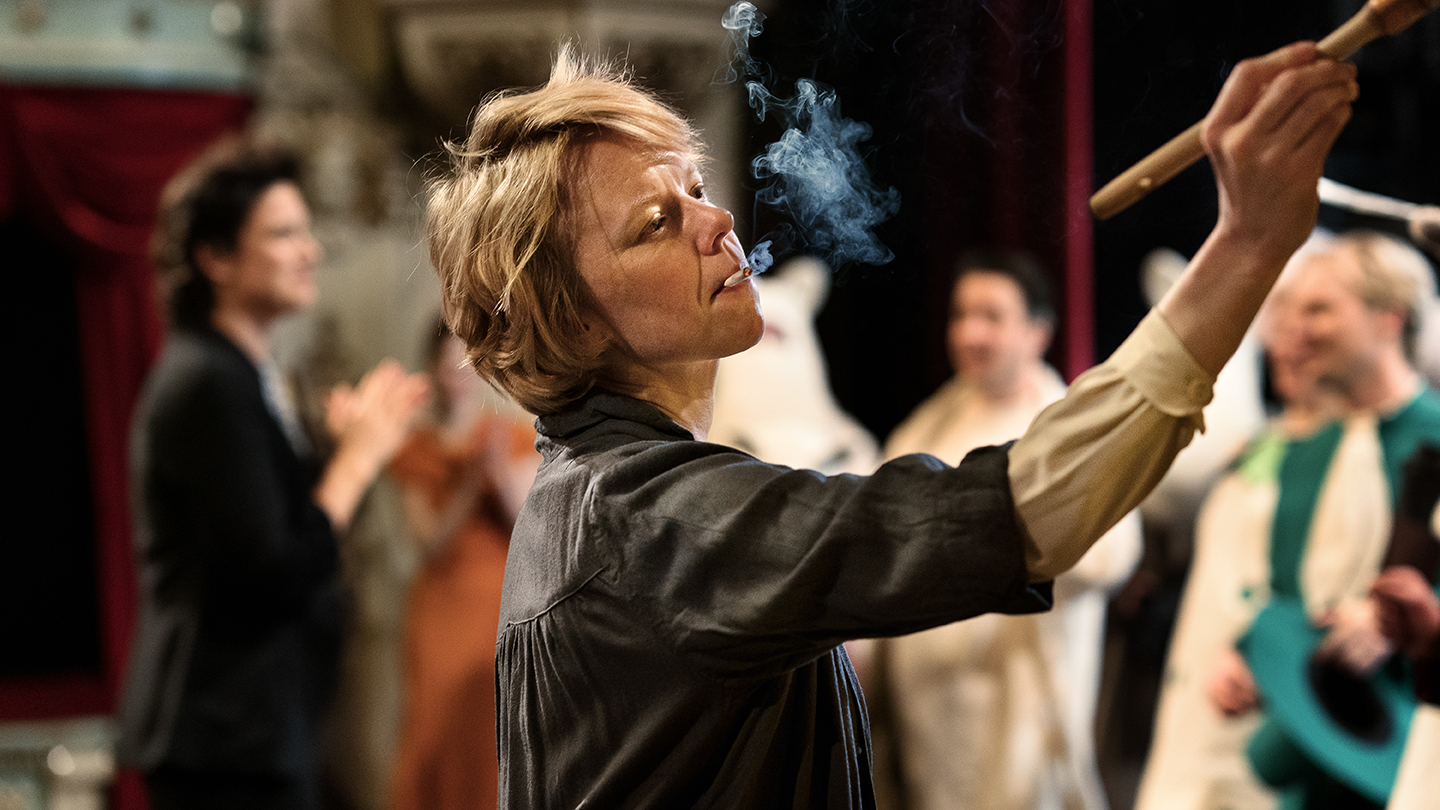
By Marta Bałaga
As the COVID-19 restrictions are – fingers crossed – slowly easing up, the film industry, a tad dormant after months of pyjama-clad Zooming (we will get to that later), is finally stretching its muscles again with Cannes’ Marché du Film looming around the corner. Predictably, the experiences vary – also when it comes to some of the hottest upcoming titles.
“Luckily, the pandemic didn’t really slow us down” – says Mika Ritalahti of Silva Mysterium as we swap war stories, now putting the final touches on The Hatching. It is a film where, as its writer Ilja Rautsi shared with me a while ago on Cineuropa, a girl gets more than she bargained for from an innocent-looking egg. “Well, an evil twin who goes and carries out her worst, most deeply-buried impulses. And she feeds it by vomiting into its mouth.” Talk about a brutal awakening.
Still, many people had to completely rethink their strategies. “Any Day Now was listed as a Cannes prospect, in Screen Daily at least, but we were early in the editing at that point. We are now finalising it and sending it out to festivals, but the situation is very competitive and strange” – admits Jussi Rantamäki of Aamu Film Company.
All this confusion also translates to online festivals, which have been going on for a while now. “With Nimby, I think it would be so cool to show it at a physical festival. But I would still consider an online event, provided it’s prestigious enough. I actually do like the fact that festivals are trying to show films” – says It’s Alive Films’ Jani Pösö.
“Let’s face it – the risk of piracy is always there. With our first feature film [Simo Times Three], there were three people that touched the DCP, and still it leaked online. I can guarantee that none of these three people had anything to do with it.” Let’s certainly hope not.
An untold story of Tove Jansson
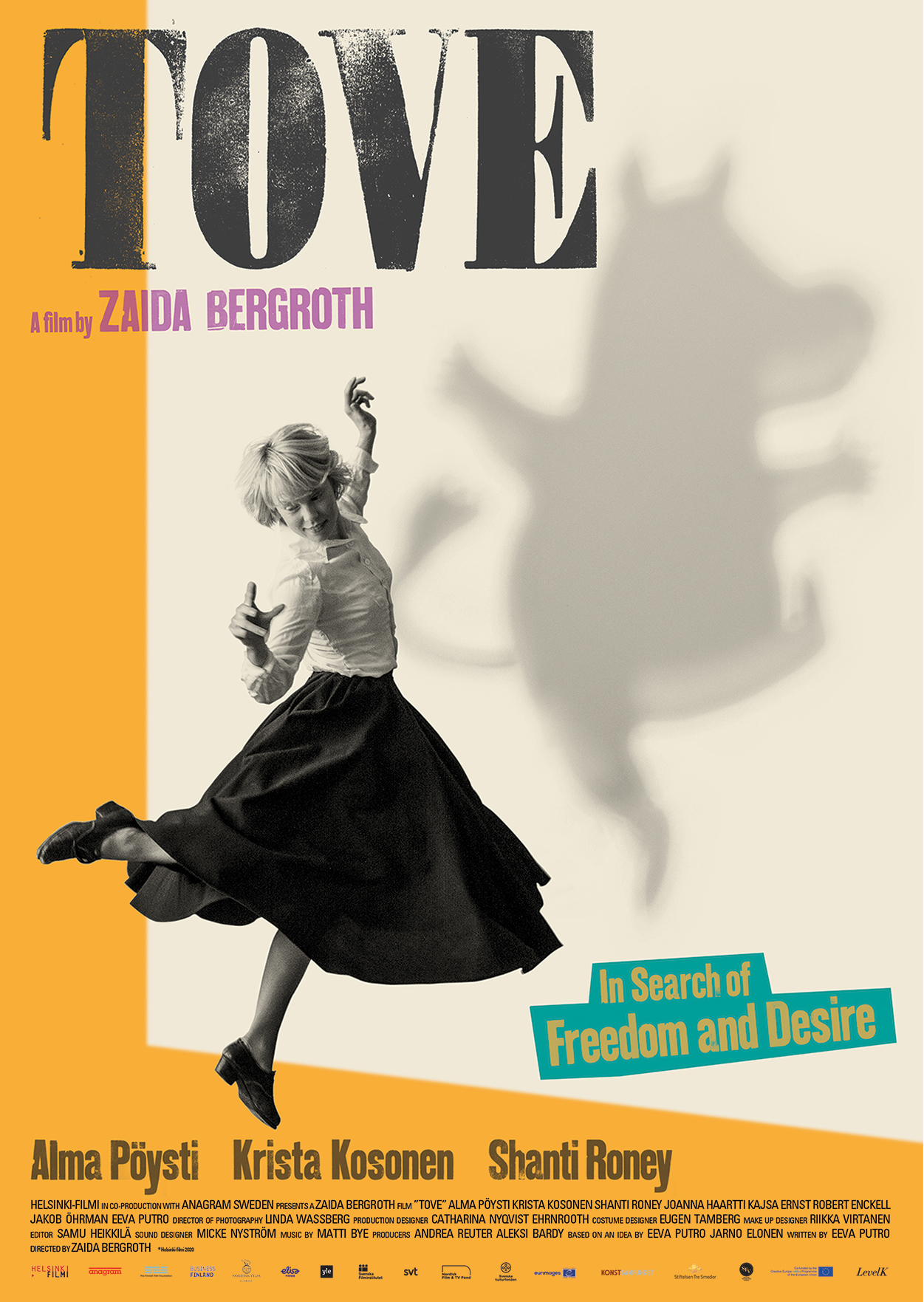 While platforms get better, most are rather adamant about sticking to the “traditional” model, at least to a certain extent. “We have been lucky with the timing, the first and the biggest thing being the fact that we managed to get everything filmed before [the pandemic]. And because Cannes was moved, we got more time to prepare our marketing material. Which is always welcome” – says Andrea Reuter of Helsinki Filmi, now readying to finally launch Tove.
While platforms get better, most are rather adamant about sticking to the “traditional” model, at least to a certain extent. “We have been lucky with the timing, the first and the biggest thing being the fact that we managed to get everything filmed before [the pandemic]. And because Cannes was moved, we got more time to prepare our marketing material. Which is always welcome” – says Andrea Reuter of Helsinki Filmi, now readying to finally launch Tove.
Handled by Level K and with the Finnish premiere set for October, the film about the creator of Moomins is still hoping for a festival premiere in the autumn, though. “If the festival in question turns out to be more of a local affair, we will try to have the film screened for the journalists who are not travelling. It was filmed on 16mm and it’s visually stunning, in my humble opinion. I really think it needs to be screened in the cinema.”
Zaida Bergroth’s film, starring Alma Pöysti as Tove, is already highly anticipated – after all, Moomins are the biggest Finnish export, ever. But, as argued by Reuter, that’s only one part of the appeal. “I wouldn’t say we assume that people are going to come only because of the Moomins. We really wanted to make a film that works on its own: a passionate story about finding yourself, finding love and learning how to balance these things.”
“Tove was a really remarkable woman, living such a modern and, in a way, feminist life. She made her decisions based on what she wanted – not on society’s demands. We wanted to show she was driven by desire and ambition, both in her personal and professional life. She really didn’t give up, ever – just pushed through hard times. Tove was so prolific and meticulous, and that part of her artistry was very important, but the emotional core is the love story. How brave and wild she was, looking for freedom even when it hurt. We feel it’s an untold story, even for the people that do know her. Mostly because they recognise her as this old, grey-haired fairytale-like person. They don’t know her past.”
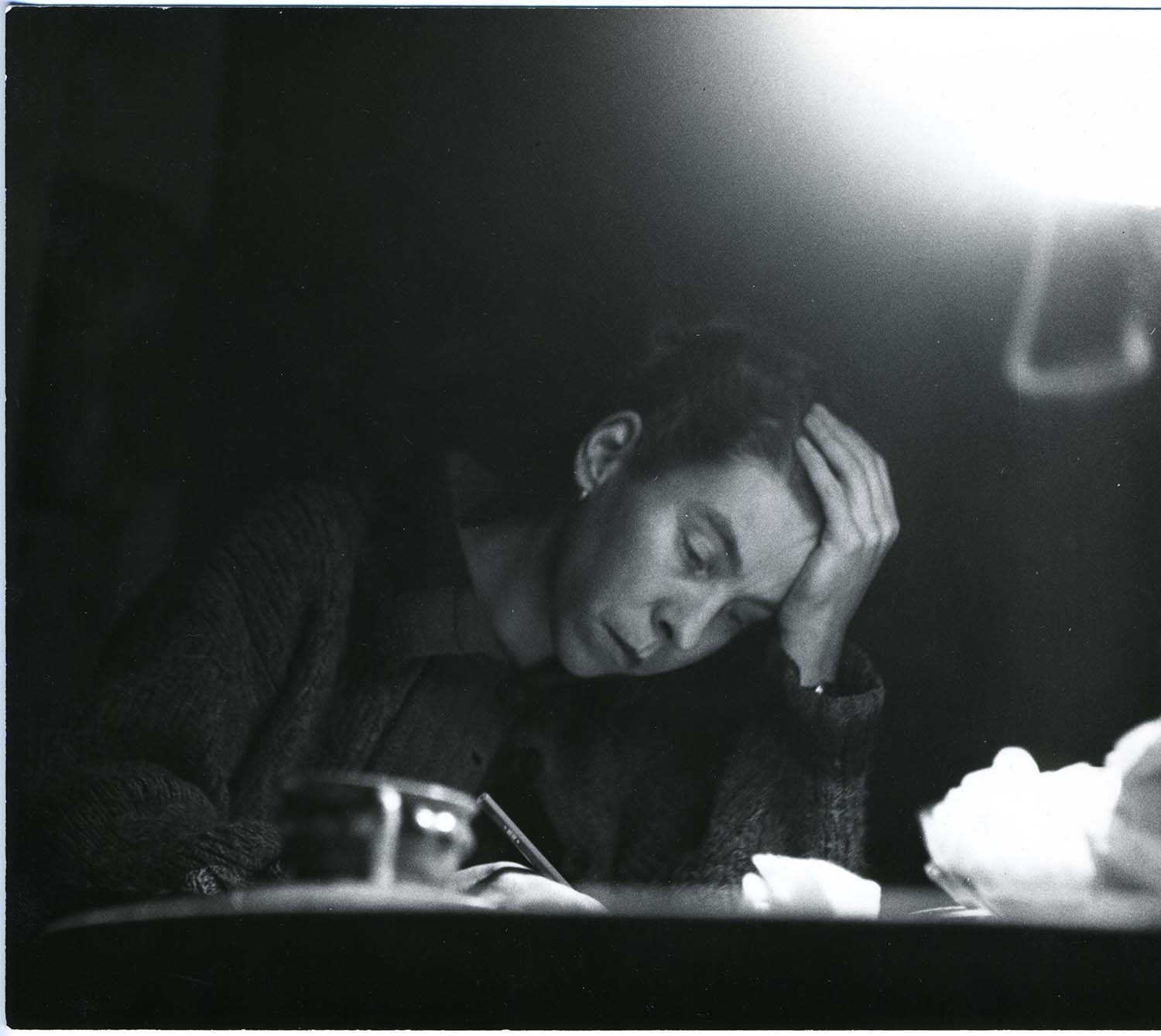
Tove Jansson, photo by Eva Konikoff / Moomin Characters
A past that thanks to years of research from screenwriter Eeva Putro and the producers, will finally become a bit clearer. “We have been working very closely with Sophia Jansson and her team – they opened up their entire archive for us. We had access to everything: old letters from that period, her diaries, her notebooks, calendars. They want this story to be told.”
Also in regards to her personal life. “The film doesn’t deal with homophobia – it’s a love story, although Tove was really open. She used to say that she falls in love with people, not their sex. But when she met Tuulikki [Pietilä], which she does also in our film, they ended up together for the rest of their lives. Everyone knew about it. She was the first person who brought a same-sex partner to the President’s Independence Day Reception. She is certainly a big icon for the LGBTQ community, even though in the film it just happens to be a woman that she falls in love with.” A woman like Vivica Bandler.
“For me, the really big thing was when I realised that [recurring characters in the Moomins] Thingumy and Bob were based on her and Vivica. They have a secret language and carry a bag with a ruby in it, which is a metaphor for their secret love. I was so touched by this” – says Reuter, while also mentioning journalist Atos Wirtanen, who was a model for Snufkin.
“You can see how these real characters inspired her creation. As a Swede and as a woman, I knew a lot about her before. I actually met Tove when I was 11 years old! A friend of mine used to live in the same house, so we just came over one day and rang the bell. She gave us an interview for our school magazine. Later we staged a play, the same play she did with Vivica and which also features in the film [Comet in Moominland]. I played Snorkmaiden. She came to the premiere and wrote this amazing thank-you letter to our class. It’s such a cherished memory and something I really drew energy from.”
Locked inside of the house
Jani Pösö, also behind 2018’s Finnish Oscar submission Euthanizer, doesn’t need to draw energy from anything – he already has it in spades. Which also explains why he produced two features this year, both directed by Teemu Nikki.
“In our case, what makes it complicated is that if everything goes well, we will have another film ready next year [A Blind Man Who Did Not Want To See Titanic]. People complain there are never enough films, and yet here we are. We could still wait with Nimby, but then what? I am a pretty positive person in general, but having one film ready and another already in post-production… It’s a luxury problem that I assume a lot of producers are currently facing” – he says.
“Nimby is ready and there is no place to launch it – that’s more or less the main problem. As the Finnish market hasn’t been hit so badly, we will most likely have the local premiere in the autumn. I was just about to sign a distribution deal for the international rights when corona started and after that I didn’t dare to do it anymore. You don’t want to give away all the rights when you don’t know what is going to happen, how long it will last and who will still be around afterwards. Now, I think I should go through the companies that are attending Cannes Marché, as it’s a good sign if they are still surviving!”
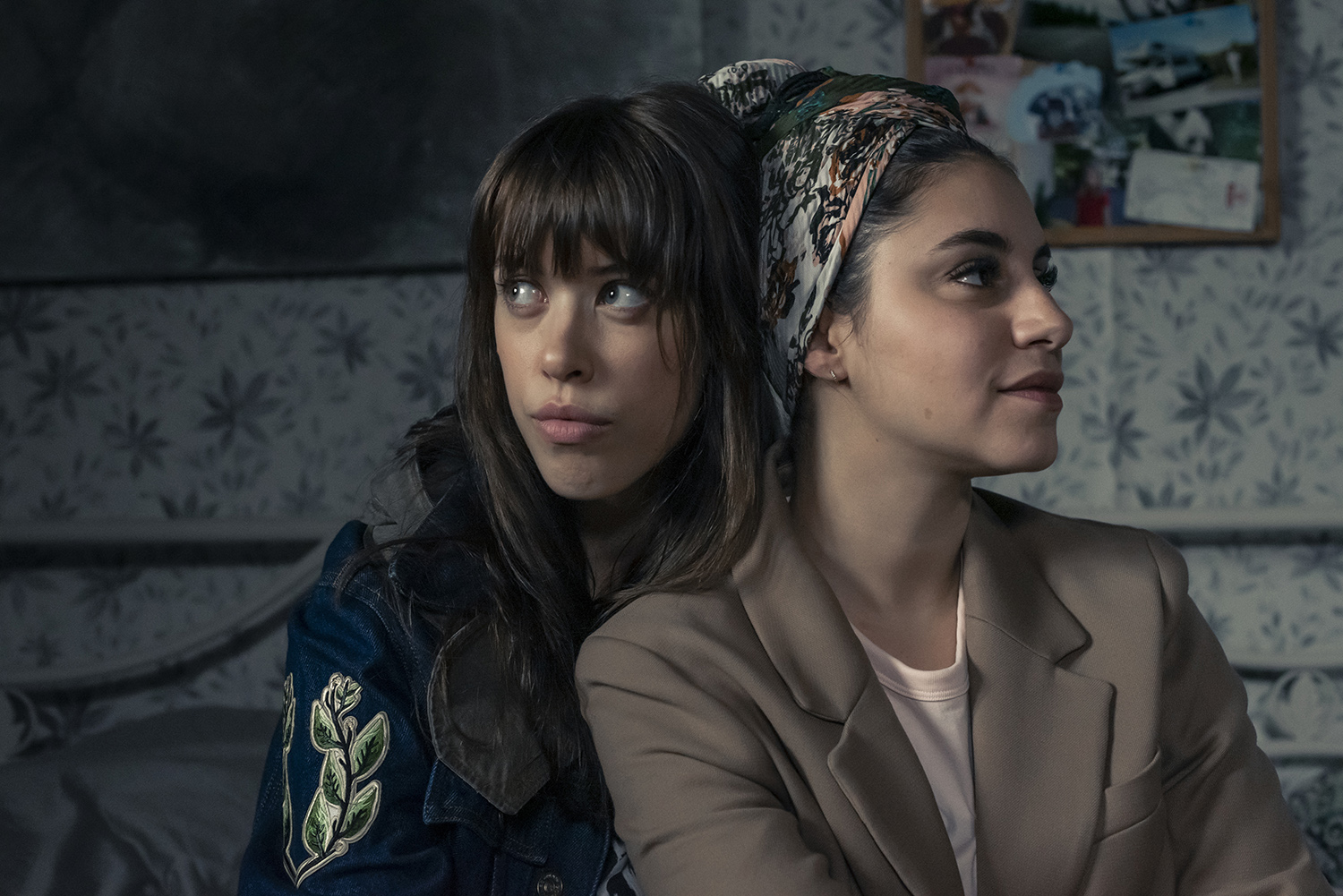
Nimby
It’s true – COVID-19 brought about many complications. Which makes me wonder if, given the circumstances, festivals should change their rules concerning local premieres. “I would say yes – that would help a great deal. If it were a normal situation, we would already know our festival premiere. Now, I don’t know what to do. That being said, in our case it’s still a luxury problem. I assume there are lots of producers and sales companies who are, well, in deep shit.” Hard to argue with that.
It’s a bit funny, though, that Nimby (an acronym for “not in my backyard”) actually feels timelier than ever with its story of “intolerance among tolerant people” including a lesbian couple about to come out, parents who are into swinging and an ex-boyfriend who happens to be a neo-Nazi, all forced to work out their issues in a limited space.
“We anticipated it being timely, although not when it comes to corona!” – laughs Pöso. “The fact that these characters are all locked inside of the house came from our thinking that when you are really afraid, what do you do? You go home and lock the doors. In their case, they end up stuck in the most personal space with the people they cannot stand. So in a way, it fits this time perfectly.” Also, given the current social unrest. “I think this period of social optimism continued well into 2000s, at least in Finland, all the way up to Trump. I remember when right-wing organisations started to reappear again. Sometimes it feels that before 2016, everything was just so nice.”
“Nice” is not exactly a word you hear very often these days. Which might be why Pösö tries to stay cautiously optimistic. “Right now, we look out of the window and everything seems perfectly normal, there is nothing to fear. The sun is shining and parks are full of people eating lunch. But if there is a second wave of the virus, and Finnish cinemas close again, that would be just hilarious. And then, anything you decide is going to be a bad option” – he points out.
“Producers might need to make up their mind whether to premiere their film theatrically in countries where cinemas are open and go straight to VOD in other territories. But in our case, I would really like to wait. Having a festival premiere doesn’t really affect local release, but when it comes to international sales, you need it. It’s as simple as that. I would like to know the When, the Where and the What, but let’s see. Tomorrow, we might need to rethink our strategy all over again.”
You can’t just sit around in your pyjamas all the time!
Pösö is not the only one juggling multiple projects – Jussi Rantamäki, while also working on Juho Kuosmanen’s Compartment No 6, out next year, is currently handling The Woodcutter’s Story, Any Day Now AND Fucking With Nobody. Please forgive my French.
“We are having a great year, developing these anticipated features” – he says in what seems like an understatement of the year. “We don’t have that much in development though, so in two years we might have a break. That’s how a smaller company works.”
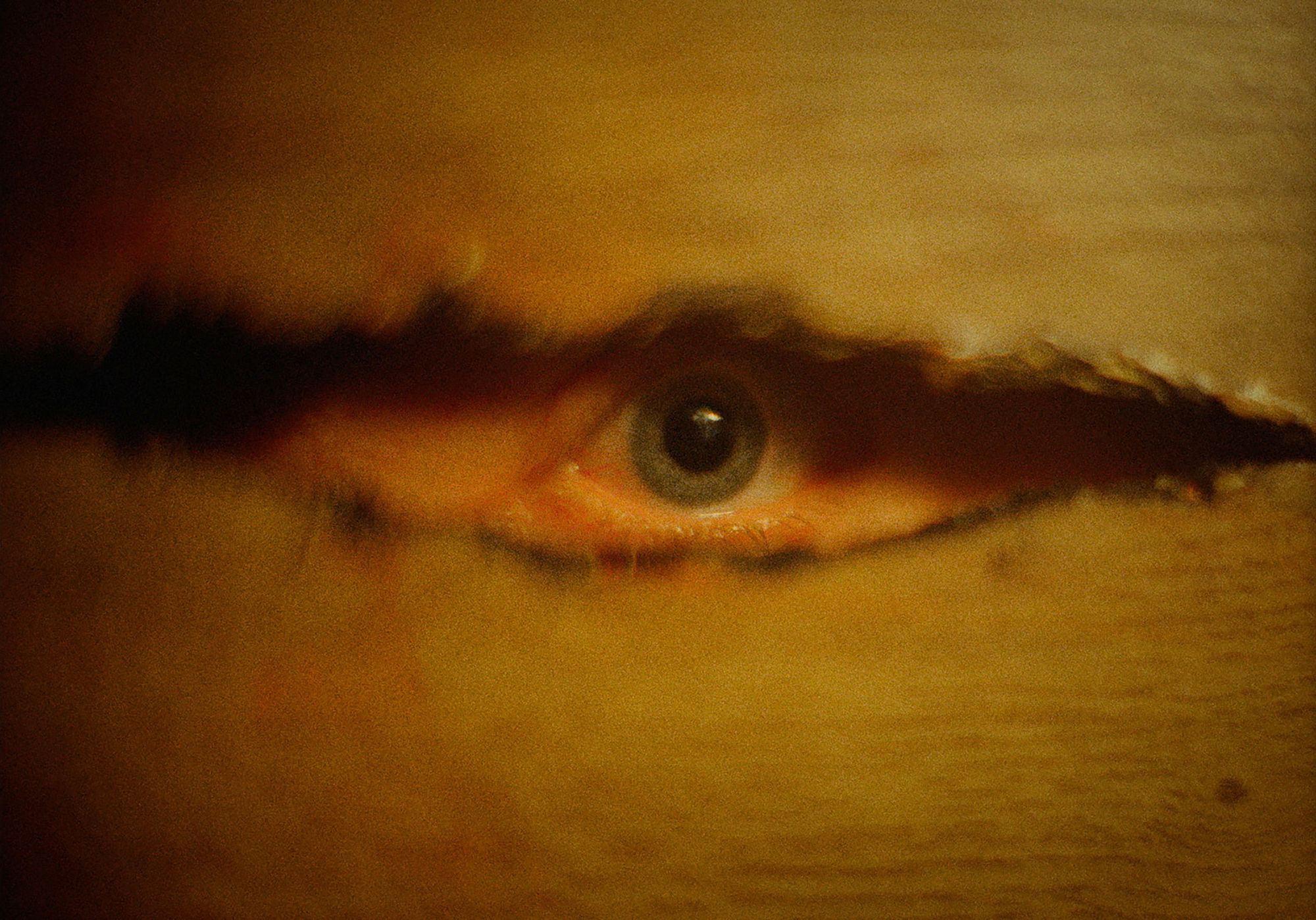
The Woodcutter’s Story
“The Woodcutter’s Story has been in development for a while, also because we wanted to establish Mikko Myllylahti as a director first. We made a short film [Tiger], which went to Cannes, so we were able to elevate his status in order to get financing. It’s a great script: it’s funny, poetic. Even though it’s a debut, it has a budget of 1.7 million, which is a lot for an art film, let’s say.” Hannaleena Hauru’s Fucking With Nobody, however, will be a whole different beast – already noticed by The Biennale Cinema College and now picking up filming, which originally started in March.
“Hannaleena is a peculiar filmmaker. We are always trying to find a good way to produce her films: she has done a feature, but she also does five shorts per year, all by herself, which are usually crazy and amusing. But how do you bring this strange, hilarious quality into an actual feature without getting her restricted in any way? If you get a really crazy idea, you want to make it right away. But you can’t do that with features and after a while, it doesn’t seem so intriguing anymore. The Biennale Cinema College initiative, as her film was among the three chosen to get made, is perfect for her – she has a DoP and they just do it together. They actually used to date in their 20s, so it’s all very meta, because she is also acting in it – she plays a director in the film, talking to her DoP whom she used to date.”
If that sounds like pretty intimate information, it’s because Aamu prides itself on its close relationship with directors. Not that they ever planned it that way.
“It was an accident” – laughs Rantamäki. “I started working with Juho and Hannaleena, then Mikko came along. Of course you become friends! We always talked about how we really need to love the script, love the project in order to take it on. But once I started to run the company, I realised that I like the people, too. And whatever they bring, I will gladly produce it. Two of them are godfathers to my children, so we always think about what to do next.”
“At some point we needed to come up with some kind of strategy for an application, and we came to the following conclusion: we are quite committed to these four filmmakers, we have long-term plans and if I want to build a company on their work, I don’t have time for more. But right now, we are actually scouting for new talent. It might be good to have someone new joining in, you try harder. It’s like with Zoom – you can’t just sit around in your pyjamas all the time!” Told you we will get to that later.
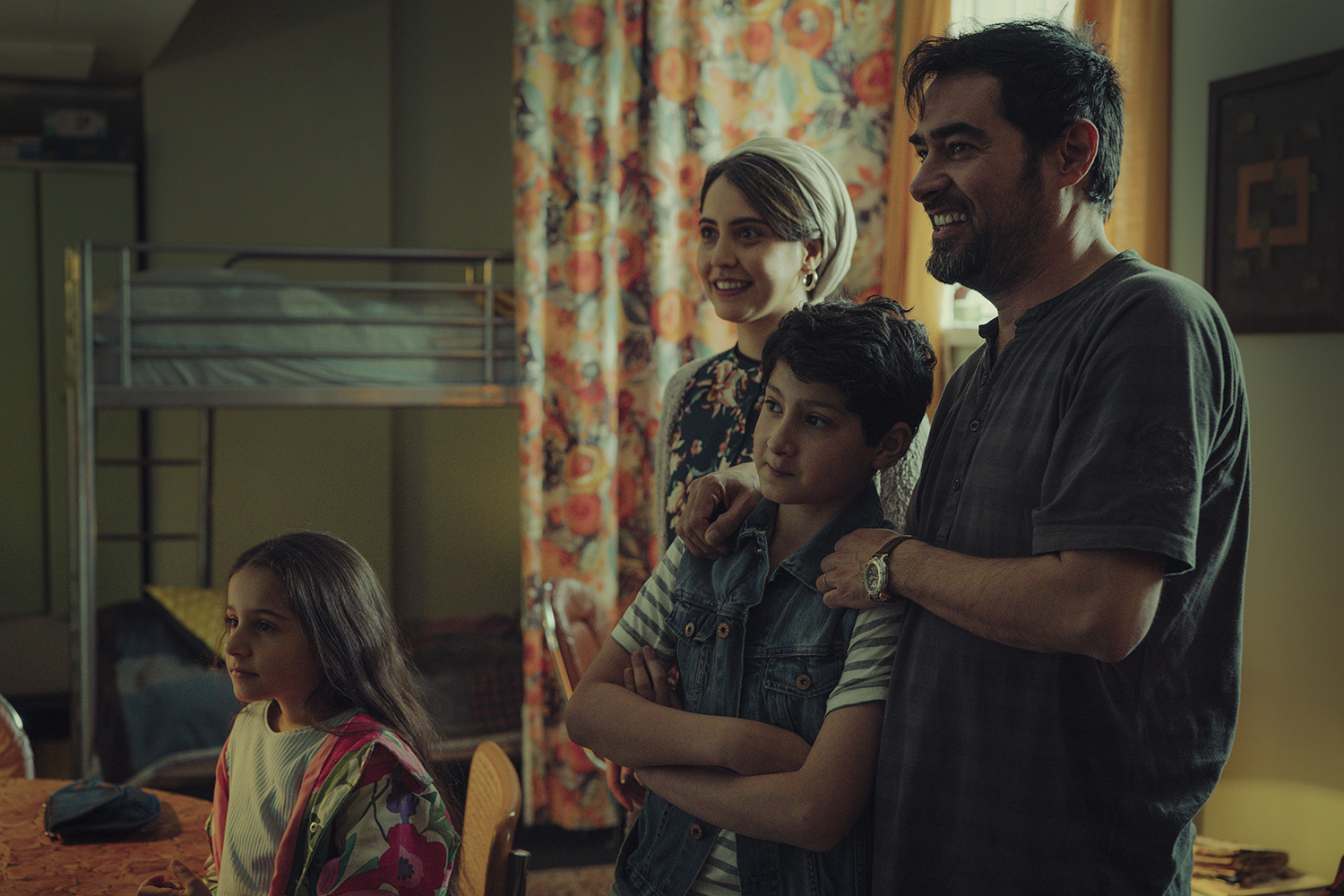
Any Day Now
The fourth director in question, Hamy Ramezan, is now in post-production with Any Day Now. “Hamy’s film has a strong emotional impact, so it might ‘spread’ even without a prestigious festival release. The situation is so unclear that I am focusing on the film and other people are focusing on how to get it out there. We have a good sales agent, New Europe Film Sales, and I will rely on their opinion.”
Ramezan, who decided to refer to his own experiences in the film, arrived in Finland as a child after fleeing persecution in Iran. But as Rantamäki points out, his debut is not “your usual refugee story”, if one can even talk about them this way.
“It’s something we have to tackle all the time: How do we raise it above this everyday imagery in the news? Everyone is fed up with it and they don’t necessarily want to see it in the cinema. But when he talked about it, even before writing the script, he said: “It was the best time of my life.” He was smuggled in cars, got a false identity and didn’t have to go to school. To him, it felt like a James Bond movie! Only later, as an adult, he realised how dangerous it was, how stressful, especially for his parents. He felt they can overcome every obstacle – if they stay together, they can’t be defeated. It’s such a unique, warm story. Nothing is kept at the arm’s length. It’s just this family, living on borrowed time.”
Like a drama, but not the boring kind
In the case of The Hatching, the strategy is also left to the film’s sales agent, Wild Bunch.
“The biggest challenge is that we don’t know when we can open the film. Which will be the next available festival? We are all so tired of these virtual meetings” – says producer Mika Ritalahti.
“We will have the film ready by November, so we hope to release it in Finland in the spring. One thing is clear: when a big festival finally does happen, it will have a lot of submissions. Still, Wild Bunch is looking for a big A-list event, also to get as much publicity as possible. This way, we can be the ‘wild card’ and not another typical drama.”
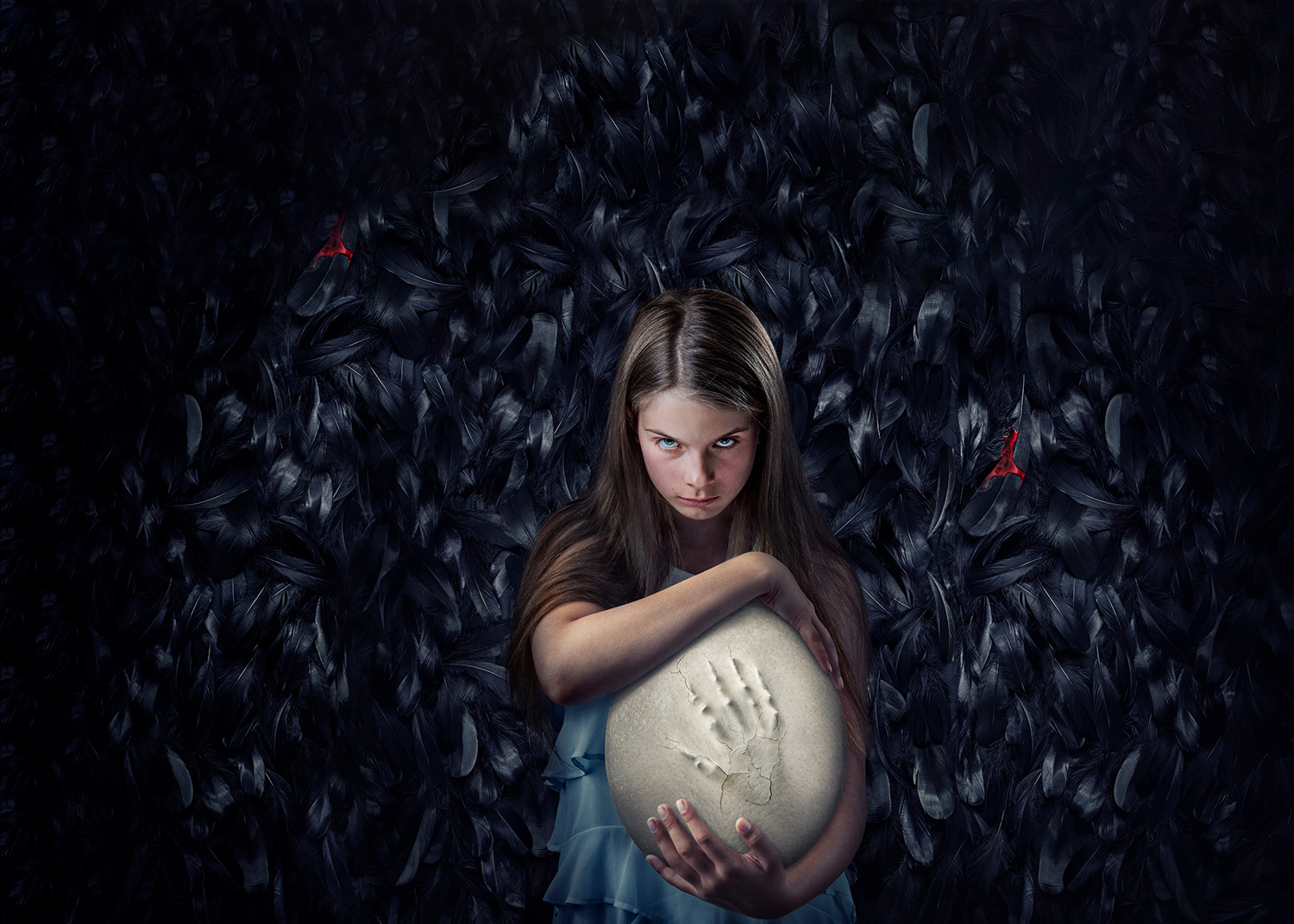
Hatching
No one could ever accuse The Hatching of being another typical anything, really, and Ritalahti’s first step into horror proved very illuminating indeed. “I haven’t produced horror films before – I was too scared!” – he says.
“You watch them and then you can’t sleep at night. But what Ilja and Hanna [Bergholm, director] kept talking about was this strange mother-daughter relationship, which just happens to take place in this monstrous world. It was something I believed and recognised – I have seen families like that. At first, Ilja had a male protagonist in mind: this 12-year-old boy. Hanna suggested changing him into a girl and after that, having a female director was a no-brainer. I mean, this little girl is in every scene! Hanna could always say that she is also a mother, that she has noticed some of this behaviour in herself. It made for an interesting pitch. If there is a mother who is emotionally cold, it’s just so scary. We are all used to seeing men act violently, but when it’s a mother, this protector of all… It makes for a different story. To me, it was really a drama, but not the boring kind.”
But there was one significant upside to venturing into genre territory. “When you are working on a horror movie, it doesn’t matter if you want to shoot it in Finnish. Nobody cares! Before, every time I would pitch something and say it’s in Finnish people stopped listening. This experience has opened my eyes. If you don’t understand the language, it can even seem scarier. It was the same with Japanese horror. ‘What is happening, why aren’t they reacting?!’ You can use it as a tool.”
The film was shot in Latvia – partly for financial reasons, but also to create, as he puts it, “this odd feeling”, especially for the Finnish audience. “When you watch the film, you see all these Finns and yet something is not quite right. The radiator in the room might be a bit different and you don’t really notice it on a conscious level, but something is telling you: Watch out!” However, the biggest challenge was to find the right people to deliver special effects. Knowing perfectly well they can make or break a film.
“In our film, a girl finds an egg and a creature comes out of it: half bird, half human. We wanted to have a puppet, because having a girl who is not a professional actor, it seemed it would be easier to create a real connection this way. She needed to be able to touch it. So Hanna, being Hanna, just Googled ‘best animatronic designer’ and the name that came up was Gustav Hoegen, who has also done Star Wars. She emailed him immediately and he was willing to take our assignment! Having him attached was incredible.”
For special effect make-up, they started to talk to Conor O’Sullivan, two-time Oscar nominee for Saving Private Ryan and The Dark Knight. “We couldn’t complete the financing in time, so he said: ‘Sorry, I have to take this new Ridley Scott movie instead.’ Then last year in Cannes, we just decided to go ahead, no matter what. A week later Conor called, saying the film was postponed and he was available again. Our picture lock was in May, so that’s why it takes so long to complete it – because of the digital effects. We need to create this creature, which is not easy, as there is a scene where the girl is giving it a bath for example and water and feathers are famously difficult to recreate digitally. Damn that Ilja! Why he couldn’t just write about a turtle instead?!”
Now that is a good question indeed.
Read more about new Finnish films on our online catalogue.
